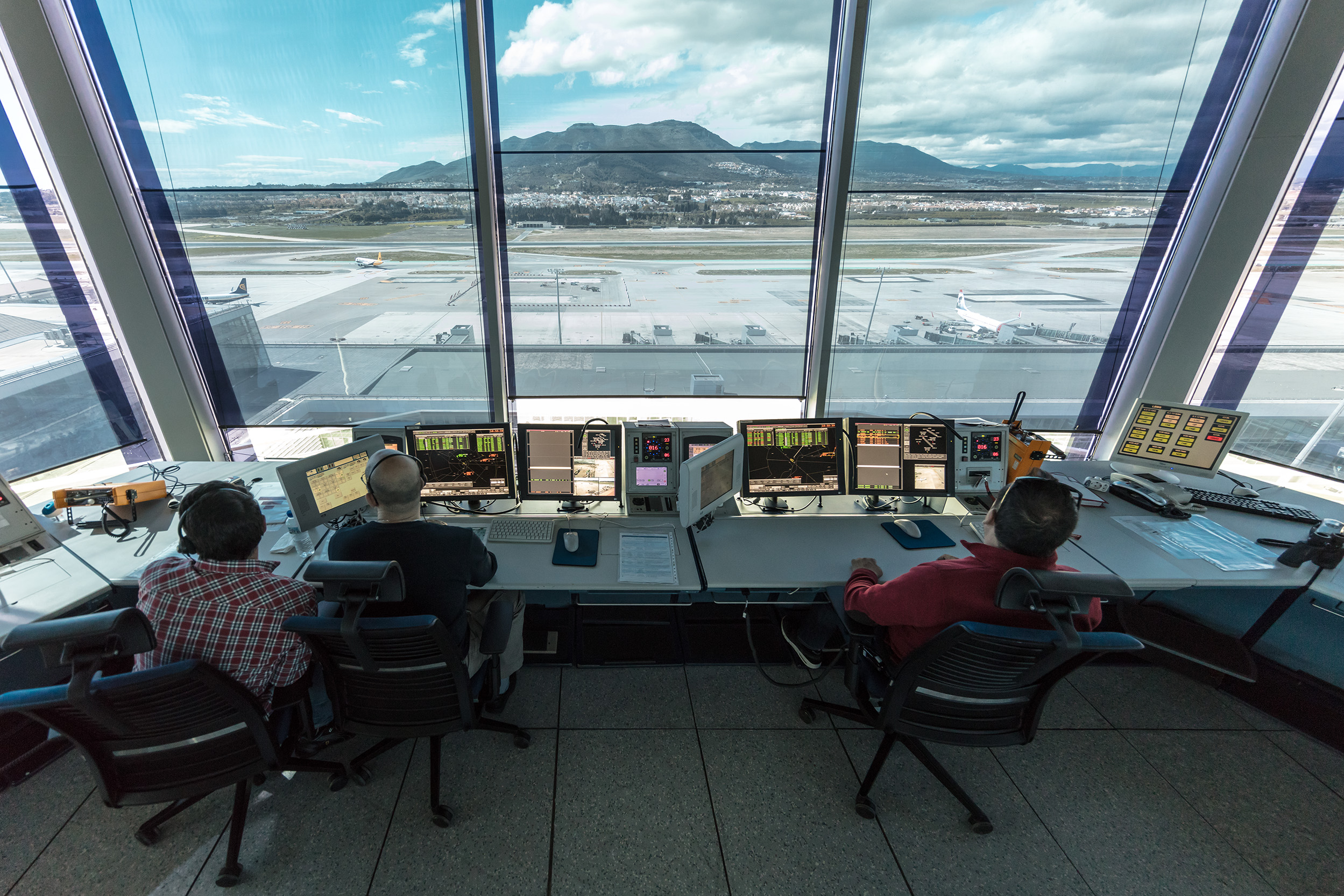ENAIRE completes the implementation of new air navigation procedures in Málaga to improve the operation of the Airport

ENAIRE, the national air navigation service provider, finished implementing a new approach process at the Málaga-Costa del Sol Airport to improve its operability.
As with any undertaking that involves modifications to airspace design, the project involves a transition phase so it can be implemented gradually for all the stakeholders involved in the process, namely, air traffic control units, airlines, pilots, aeronautical database providers, etc.
The project, called MIDAS, will be in the implementation phase over the next few days. MIDAS involves modernizing and improving procedures by using the latest technologies. The precision of RNAV1 navigation used in the design is already in compliance with European Regulation 2018/1048, which applies to arrival and departure routes, and to approaches, and whose application deadline is 2030.
The new project places the approach to Malaga among the most modern in the world
MIDAS, which uses the AMAN arrivals manager, provides assistance for sequencing and ordering aircraft, which makes it easier for air traffic controllers to manage and coordinate air traffic.
The arrival trajectories enhance traffic sequencing and consist of reference points that the controller can use to shorten the standard route, thus optimizing the use of the airspace. The separation between successive aircraft is more regular and the number of pilot-controller communications is lower, and they are shorter and simpler.
With its MIDAS procedure, ENAIRE is making the approach to the Málaga-Costa del Sol airport one of the most modern in the world. It provides environmental benefits through lower emissions while maintaining the acoustic footprint, and it makes the work of pilots and controllers easier through more standardized maneuvers.
The approach service that ENAIRE provides in Málaga manages the arrival and departure trajectories from the time an aircraft flies beyond the visual range of the control tower and reaches an approximate altitude of 4 kilometers.
The current design of the airspace relies on conventional navigation concepts, which are based primarily on navaids and vector guidance provided by ENAIRE controllers who manage the approach to Málaga.
With the current growth in the number of passengers using the Málaga airport as a way into and out of the city, there are times of heavy traffic at the airport.
The improved procedures at Málaga have been available since 2 November 2023.
The Málaga-Costa del Sol Airport receives flights mainly from northern Europe. Also of importance are the commuter service to Melilla and the routes to the Canary Islands, Morocco and the East. Once transferred to ENAIRE's Seville Control Centre, aircraft are managed by the controllers in this unit, who will guide them based on the AMAN arrival order number assigned by Málaga.
Even if multiple aircraft coincide at different altitudes over the same geographical point, MIDAS allows them to be pre-sequenced, significantly reducing the distances flown. Once inside the instrument arrival routes, ENAIRE air traffic controllers in Málaga adjust the optimal distance between traffic using the designated points as a reference for consecutive plans. To do this, it is very important that all aircraft comply with the published speed and crossing point altitudes, so they are always in a position to complete their approach when cleared to do so.
The departure trajectories provide the greatest environmental benefit. They were designed by selecting the shortest route possible and separating take-offs from arrivals. It is take-offs that yield the most significant decrease in overall emissions.
In the airport environment, the noise footprint is not altered, thus respecting the current limits of the surrounding areas. In addition, noise abatement procedures are introduced to help reduce the sound impacts of aircraft.







.jpg)
.png)
Comments
There are no comments yet for this item
Join the discussion